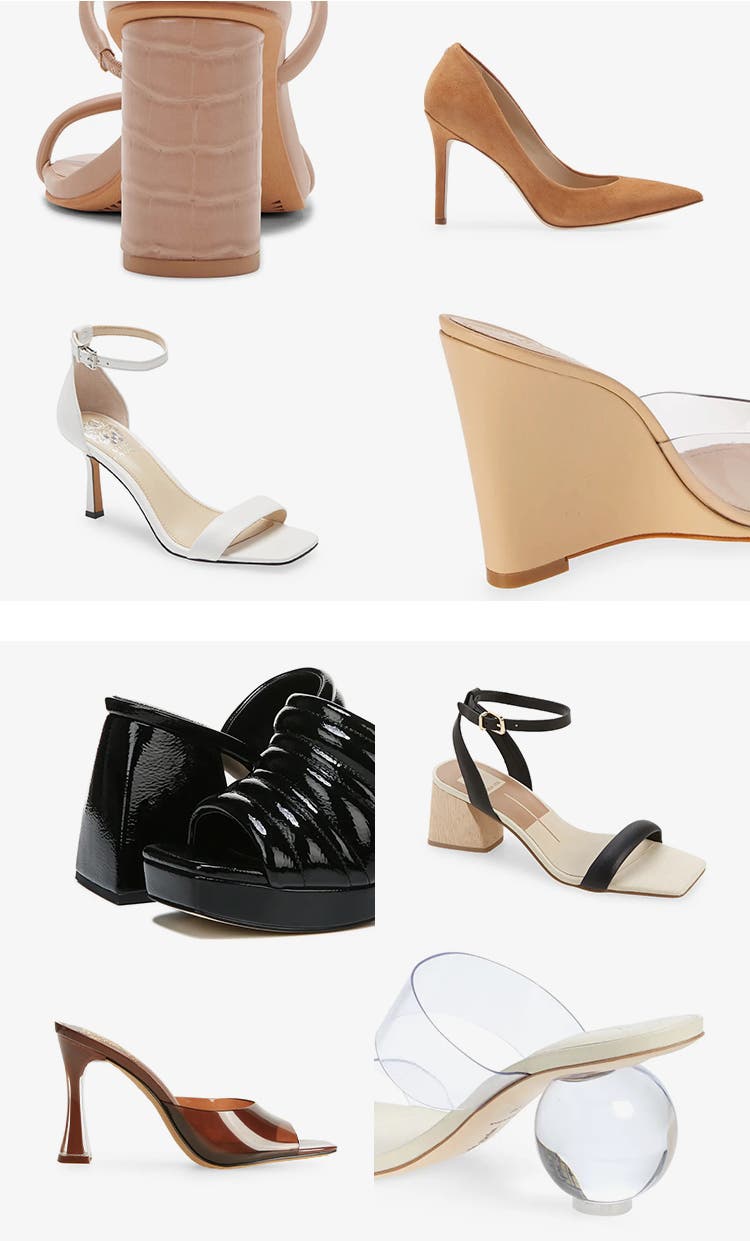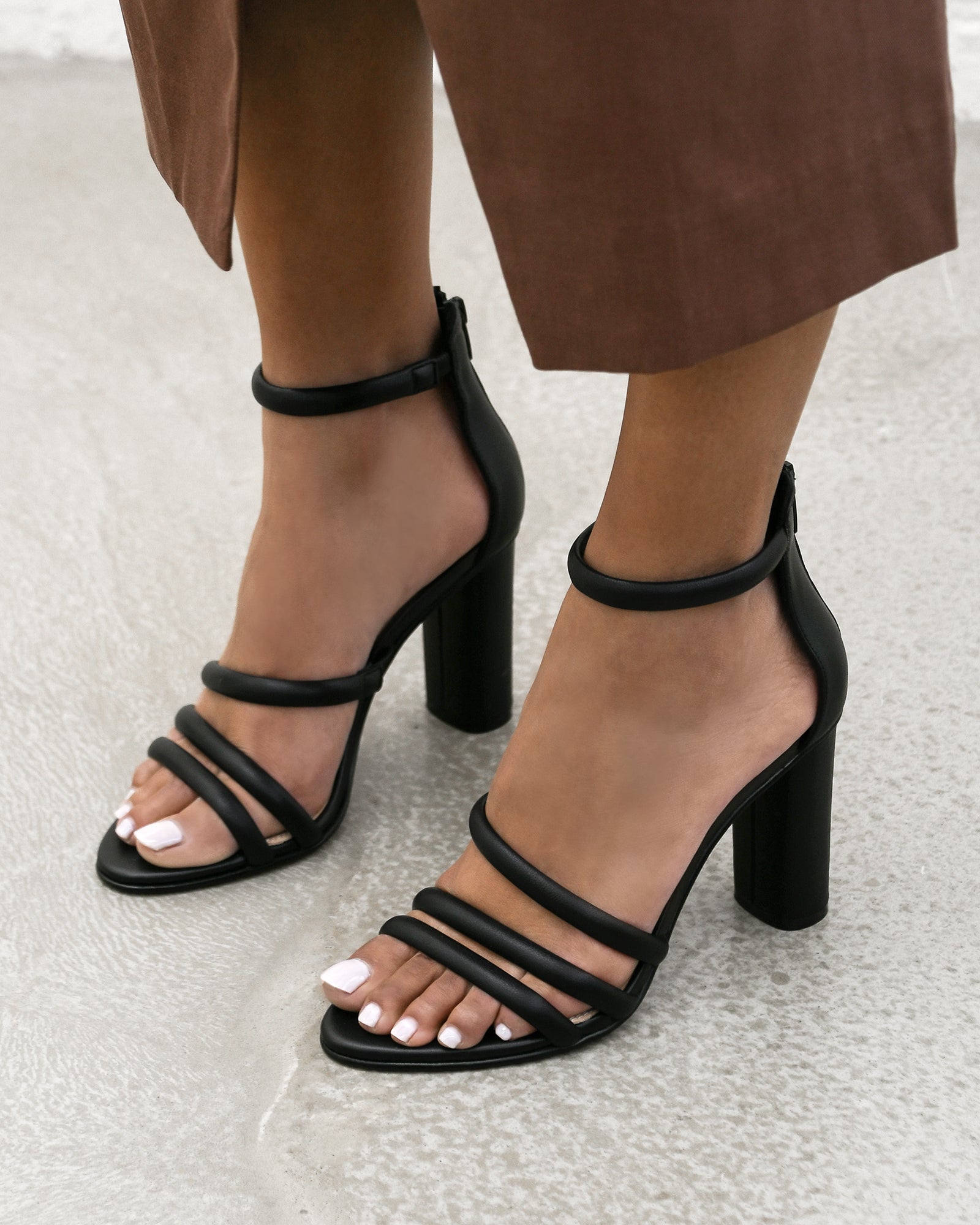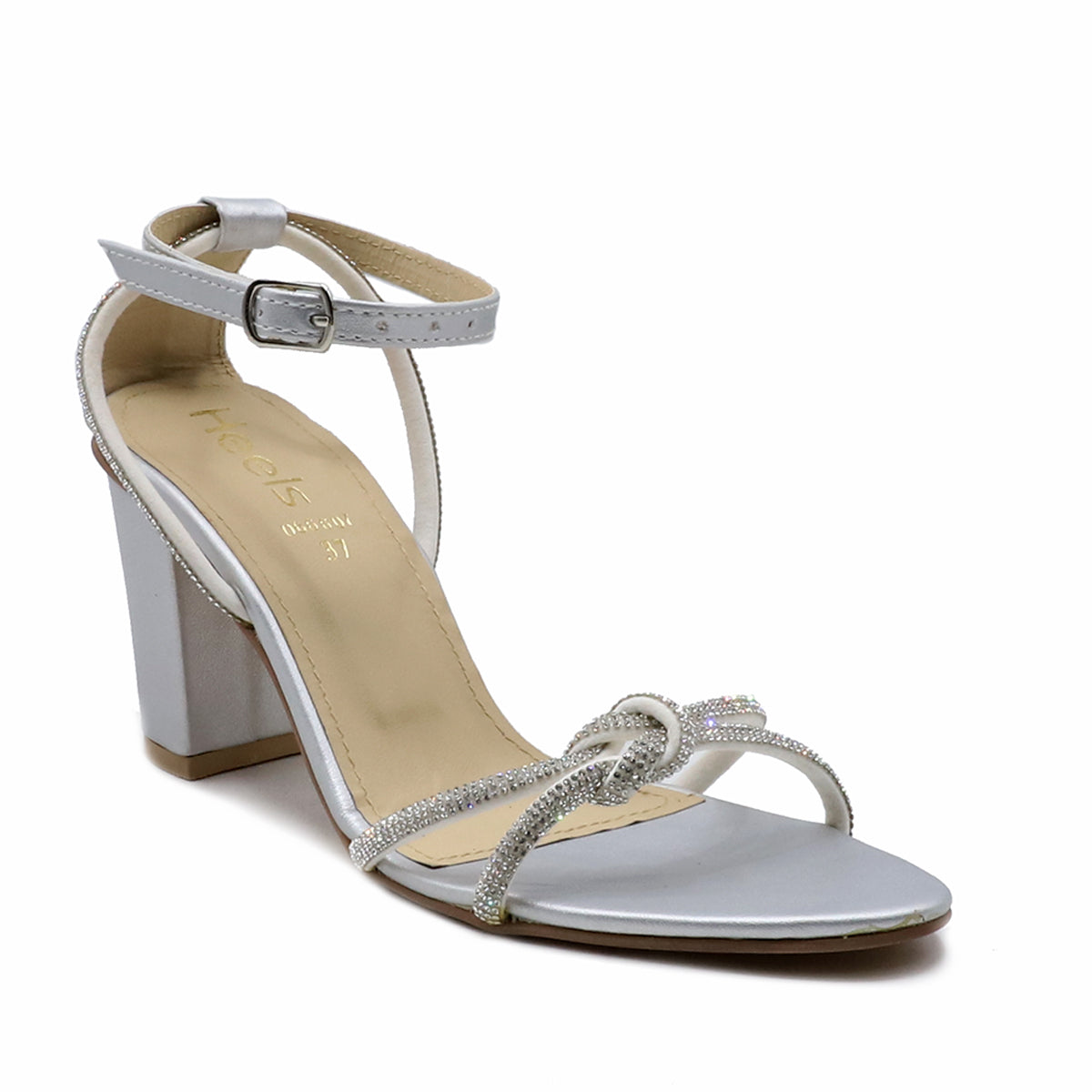The Ultimate Guide to Sandals and Heel Shoes
Sandals and heel shoes are two of the most versatile and iconic footwear options available. Whether you’re looking to make a fashion statement or simply seeking comfort, understanding the nuances of these styles can significantly enhance your wardrobe. This guide aims to provide a comprehensive overview of sandals and heel shoes, offering insights into their history, design, and practical applications.

Historical Context of Sandals
Sandals have a rich history that dates back thousands of years. According to Wikipedia, the earliest known sandals were discovered in Fort Rock Cave in Oregon, dating back to approximately 10,000 years ago. These early sandals were made from sagebrush bark and were primarily designed for protection against rough terrain and hot surfaces. Over time, sandals evolved, becoming a staple in various cultures around the world. In ancient Egypt, sandals were often made from papyrus and leather, symbolizing social status. The Greeks and Romans also adopted sandals, using them for both practical and ceremonial purposes. Today, sandals continue to be a popular choice for their comfort and ease of wear, especially in warmer climates.

Evolution of Heel Shoes
Heel shoes, on the other hand, have a more recent but equally fascinating history. The concept of heels can be traced back to the 16th century when they were initially worn by both men and women in Persia. According to Quora, Persian cavalrymen used heels to secure their feet in stirrups, providing better control over their horses. This practical use soon spread to Europe, where heels became a symbol of wealth and status. In the 17th and 18th centuries, heels were particularly popular among the aristocracy, with men’s heels often being higher than those worn by women. It wasn’t until the 20th century that heels became predominantly associated with women’s fashion. Today, heel shoes come in various styles, from stilettos to block heels, each offering a unique blend of style and functionality.

Design and Functionality
Both sandals and heel shoes are designed with specific functionalities in mind. Sandals are typically open-toed and open-heeled, providing ventilation and comfort, making them ideal for warmer weather. According to a study by the University of California, sandals can reduce foot sweating by up to 30%, making them a healthier option for your feet. On the other hand, heel shoes are designed to elevate the heel above the toes, altering the wearer’s posture and gait. This design not only enhances the aesthetic appeal but also provides structural support, which can be particularly beneficial for individuals with flat feet. The choice between sandals and heel shoes often depends on the occasion, with sandals being more casual and heel shoes being more formal.

Choosing the Right Pair
When it comes to choosing the right pair of sandals or heel shoes, several factors need to be considered. According to celebrity stylist Rachel Zoe, “The right pair of shoes can make or break an outfit.” Comfort is paramount, especially for heel shoes, which can be notoriously uncomfortable if not chosen carefully. It’s essential to select a pair that fits well and provides adequate support. For sandals, consider the climate and the type of activities you’ll be engaging in. For heel shoes, think about the occasion and the level of formality required. Additionally, the material of the shoes plays a crucial role in their durability and comfort. Leather and suede are popular choices for heel shoes due to their durability and aesthetic appeal, while synthetic materials are often used in sandals for their lightweight and breathable properties.

Fashion Trends and Tips
Fashion trends for sandals and heel shoes are constantly evolving. According to Vogue, the past few seasons have seen a resurgence of chunky heels and platform sandals, offering a balance between style and comfort. For heel shoes, pointed toes and ankle straps are making a comeback, providing a sleek and sophisticated look. When incorporating these trends into your wardrobe, it’s important to maintain a balance between fashion-forward choices and timeless classics. For instance, a pair of black stiletto heels is a versatile option that can be worn with a variety of outfits, from formal dresses to casual jeans. Similarly, a pair of neutral-colored sandals can be paired with both summer dresses and shorts, making them a practical addition to any wardrobe.

Professional Knowledge and Discounted Prices
Understanding the technical aspects of sandals and heel shoes can help you make more informed purchasing decisions. For example, the heel height in heel shoes can significantly impact comfort and stability. According to a study by the American Podiatric Medical Association, heels higher than 2.5 inches can cause strain on the feet and legs, leading to long-term health issues. Therefore, it’s advisable to opt for lower or block heels for everyday wear. Similarly, the type of straps and closures in sandals can affect their fit and comfort. Adjustable straps and cushioned footbeds are features to look for in both sandals and heel shoes. Additionally, taking advantage of discounted prices and sales can help you acquire high-quality footwear without breaking the bank. Many online retailers offer seasonal discounts and promotions, making it easier to stay fashionable without overspending.

Conclusion
In conclusion, sandals and heel shoes are essential components of any footwear collection, offering a blend of style, comfort, and functionality. By understanding their history, design, and practical applications, you can make more informed choices when selecting the right pair for any occasion. Whether you prefer the casual ease of sandals or the sophisticated elegance of heel shoes, this guide provides the knowledge and tips needed to elevate your footwear game.

